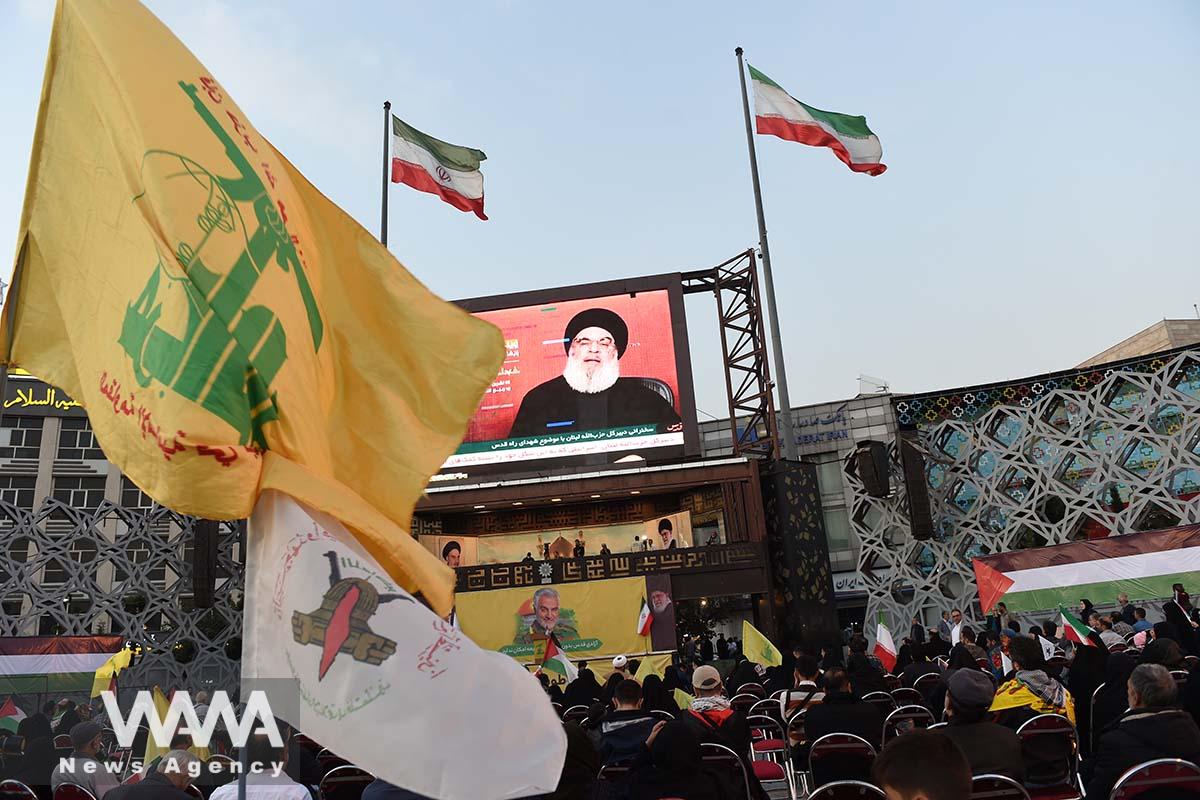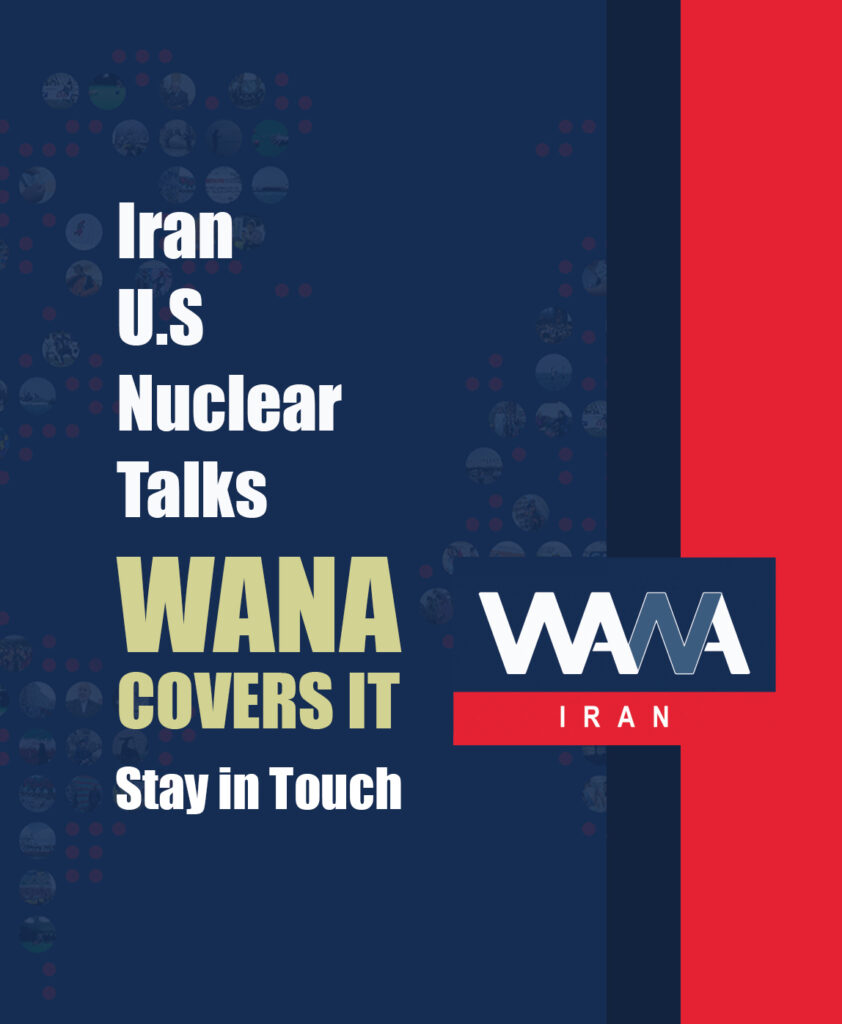Hezbollah’s Missile City: The Underground Game That Disrupted Regional Equations
WANA (Aug 19) – Hezbollah has sent a significant message to its adversaries by unveiling an underground missile city in the mountains of Jabal Amel: a repetition of what happened in Gaza will not be possible in Lebanon.
This move came especially after the assassination of resistance commanders Ismail Haniyeh and Fouad Shukr, which heightened tensions between the Axis of Resistance and the Zionist regime, increasing the likelihood of Hezbollah retaliating against Israel. Meanwhile, Israeli officials such as Yoav Gallant and Herzi Halevi have repeatedly announced that their forces are on high alert for potential attacks from the northern front.
In this context, diplomatic channels attempted to dissuade Hezbollah from retaliating. However, Hezbollah ignored these messages and demonstrated its power and readiness by releasing images of the “Imad-4” missile base. This action garnered widespread attention in Hebrew-language media and news circles, with analysts attempting to decode the messages behind this unveiling.
The video released by Hezbollah on Friday, August 16, 2024, showcased various missiles, including the Kaliber-220 and Kaliber-303, capable of swiftly targeting Tel Aviv. These images clearly indicated that Hezbollah has extensive underground fortifications for storing and launching its missiles, seriously impacting the enemy’s calculations.

Iran’s Beirut Embassy Reacts to Hezbollah’s Missile Base Unveiling
WANA (August 17) – The Iranian Embassy in Lebanon responded to Hezbollah’s unveiling of the underground missile base “Imad 4” by releasing a statement. The embassy noted, “In Persian, we refer to missile facilities located underground and within rocks and mountains as ‘missile cities.'” The statement added, “These missile cities are spread throughout the […]
The primary message of this unveiling was to highlight Hezbollah’s high level of secrecy and capability in maintaining and protecting its military facilities. This message was conveyed to the enemy: even if Lebanon’s territory is occupied, the resistance can continue its missile operations against the occupied lands and challenge the combat capabilities of the Israeli army. This demonstrates that the Israeli army faces serious risks in confronting Hezbollah.
In line with this, the Iranian Embassy in Lebanon also emphasized the existence of similar facilities in Iran, highlighting the high defensive capabilities of the Islamic Republic. The embassy announced that these missile cities are scattered throughout Iran and can attack enemies if necessary.
Israeli analysts, including the Mossad-affiliated “Intel Times” account, examined these images and claimed that this underground base is located along the Lebanon Valley and on the route used to transfer weapons from Syria and Iran. These analysts believe that similar tunnels exist in Syrian territory, indicating the strategic importance of these facilities in countering Israel.
Israeli military journalist Itay Blumental also referred to the statements of Sayyed Hassan Nasrallah, asserting that every point in the occupied territories is within Hezbollah’s missile range. Additionally, Hebrew media, including the newspaper “Yedioth Ahronoth,” have linked the Doha negotiations to Hezbollah’s unveiling of this missile city, suggesting that this move was intended to send a message to the parties negotiating in Doha.
The unveiling of Hezbollah’s underground missile city marks significant changes in the region’s military dynamics. This move not only showcased Hezbollah’s defensive power but also sent a message to Tel Aviv that the Lebanese resistance had the capability to strike strategic targets deep within the occupied territories. The future will reveal to what extent the Israeli army can counter these threats and whether Lebanese resistance can leverage these facilities to shift regional dynamics in its favour.













